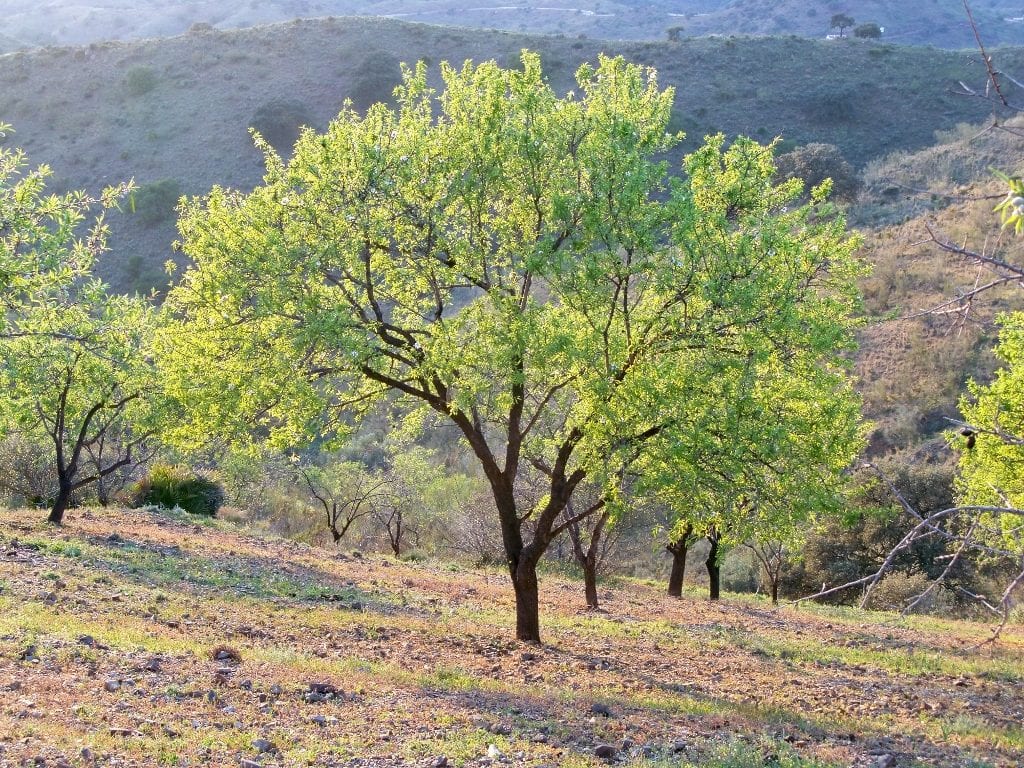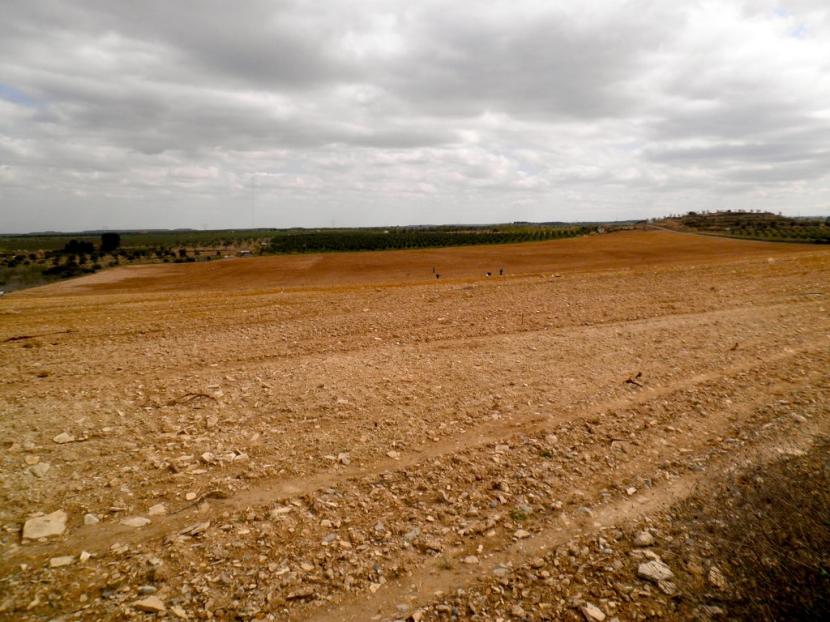
Our protagonist is a deciduous tree that can be very useful: it gives good shade, in spring it brightens our day with its wonderful flowers and towards summer it produces fruits, almonds, which are delicious. But for that to happen, we have to know everything about the almond tree subscriber.
We often think that only with watering the plants will be perfect, but that is not the case. In fact, if we gave them only water they would soon have a plague. So, let's see how and when we have to fertilize the almond tree.
Analyze the soil

You may be very used to seeing almond trees grow in limestone soil, but trust me: no soil is the same. For example, my land is like this, calcareous, but it does not have exactly the same amount of nutrients as my neighbor's, because unlike his, mine does receive contributions from Organic fertilizers from time to time.
So, starting from this, it is important know the pH of the soil, its structure and also look at what plants grow in it. Once this is done, you will be able to know if it is a good idea or not to plant a Almond in your garden.
When and how to fertilize the almond tree?
When you decide to plant it, you should know that there are three types of subscriber:
- Background: it is necessary to do it when you want a soil to be fertile again. It must be done if the land has suffered erosion, or if it has been badly punished (by intensive agriculture, for example). So, in principle, the standard amount of fertilizer to be added is the following, but you have to know that depending on whether you use compost, vermicompost, guano or others, these amounts can differ a lot. For the avoidance of doubt, follow the indications that will be specified on the product packaging:
- Nitrogen: 3kg per ton of soil.
- Phosphorus: 3kg per ton of soil.
- Potassium: 7kg per ton of soil.
- Maintenance: is the one that is made when the almond tree is young. The schedule to follow is as follows:
- First year:
- Nitrogen: 20kg / ha
- Phosphorus: 10kg / ha
- Potassium. 20kg / ha
- Second year:
- Nitrogen: 40kg / ha
- Phosphorus: 15kg / ha
- Potassium: 40kg / ha
- Third year:
- Nitrogen: 70kg / ha
- Phosphorus: 15kg / ha
- Potassium: 40kg / ha
- First year:
- Fertigation: it is carried out from the fourth year.
- January:
- Phosphoric acid: 0,15kg / tree. First fortnight of the month.
- Nitrogen solution (32% N): 0,25kg / tree. Second fortnight of the month.
- February: Potassium nitrate (13-0-46): 0,10kg / tree.
- March:
- Potassium nitrate (13-0-46): 0,15kg / tree. First fortnight of the month.
- Ammonium nitrate (33,5% N): 0,35kg / tree. Second fortnight of the month.
- April: Ammonium nitrate: 0,35kg / tree.
- May: Potassium nitrate (13-0-46): 0,15kg / tree.
- June: Ammonium nitrate (33,5% N): 0,25kg / tree.
- July: Potassium nitrate (13-0-46): 0,15kg / tree.
- August: Ammonium nitrate (33,5% N): 0,15kg / tree.
- September: Nitrogen solution (32% N): 0,15kg / tree.
- October:
- Potassium nitrate (13-0-46): 0,15kg / tree. First fortnight of the month.
- Nitrogen solution (32% N): 0,2kg / tree. Second fortnight of the month.
- November: Phosphoric acid (54% P2O5): 0,075kg / tree.
- December: Phosphoric acid (54% P2O5): 0,15kg / tree.
- January:

Anyway, if you have questions, you can contact us 🙂.